Another important thing to consider is if it is at all worth it to fix the crack. If it will take you longer to fix the piece than it would take you to make a new one, then it will be penny-wise-pound-foolish to fix it. It is also good to learn when a crack is really not worth the effort and when it may make a real difference. Some cracks are more worthy to fix than others. A piece that is strictly for decoration and will not get confused for a utilitarian piece, is a perfect piece to fix, both artificially and structurally; that is with or without ceramic materials. In fact, a crack that distract from the beauty, should be fixed. However, when the utilitarian strength of a piece, for instance the handle of a teapot, is weakened by the fixing process, it is not worth it to put your reputation as a ceramic artist on the line. All potters must at least fix one crack in their lifetime, or else they have not had the “full clay experience” - I say that tongue-in-the-cheek. However, there was one potter known, not only for fixing cracks, but she changed the whole perspective on American porcelain as she was recognized as the most important United States ceramic artist in the 20th century (Arts and Antiques magazine - March 2000).
Adelaïde Alsop Robineau was born during the last remnants of the industrial revolution in the United States and growing up, she became a painting artist. But as it often went with artists during these times, she worked also as a china painter on ceramics to help support her family. One of very few women in the USA to study and practice pottery at the time, she worked primarily in porcelain, experimenting with American clay to create a true high-fire porcelain. It took her over 1,000 hours to make, but as it often happens with porcelain, there were small cracks when it came from the kiln. Taxile Doat, her teacher advised her to trash the piece, as it appeared to be irreparable. She did not give it up and spent hours grinding bisque to powder, mixing it with some powdered glaze, and filled the cracks. After re-glazing and re-firing, the piece was pulled from the kiln with no signs of cracks or reparation. How does Antoinette fixes cracks in her pots?Here is how I fix cracks: Mix up some paper clay from your clay body. Add a few drops of clear glaze and some finely grounded bisque from the same clay as the mug. Clean any dust away and add some clear glaze on the chip. As it dries, it may open up some cracks again, but keep filling it with more paper clay. Remember paper clay must still shrink to catch up with the rest of the body, so it needs enough filler that will not shrink that much. When you put it back in the kiln, put some silica on the shelf under the piece to prevent possible sticking. If it is a foot rim, you may have to sand it when it comes out. Links: Porcelain by Antoinette E-courses (online workshops) at TeachinArt Preview our e-courses Demonstrations and tips Tags:
#potterytips #faultsandremedies #fixingfaults #teachinart #ceramicschool #paperclay #paperporcelain
13 Comments
Pinching clay is one of the underestimated techniques among potters. Many believe that pinching is just for beginners, but if you master pinching skills, then you can use this even when you are working on the potters wheel.
There are challenges with pinching and sometimes a pinch pot gets completely out of control. This video shows an easy way of how to do in-pinching to get the pinch pot back under your control. With pinching, you can develop "eyeballs on your fingers", as Antoinette always tells her students. Clay pinching skills will help you to judge the thickness of a wall or a bottom on a pot - helping you with trimming. Antoinette Badenhorst presents an online workshop where she teaches potters how to pinch a complete functional teapot with clay (Pinching teapots for Beginners).
Tags:
#Antoinetteporcelain #teachinart #pinchingclay #pinchingpottery #pinchingbowls #potteryclasses #potteryworkshops #teachingartist #Mississippiartist #handbuildpottery #ceramicschool #learnpottery #teachingceramics Mark Goudy was named the Emerging Artist in Ceramics Monthly magazine of May 2010. He completed two online classes at TeachinArt, Porcelain handbuilding with Antoinette Badenhorst, and Colored Clay with Curtis Benzle. His work was selected for collections in
My formal education lies mostly in science and engineering: a Bachelor of Science in Biology from the University of Oregon, and a Master of Science in Electrical Engineering from California State University in San Jose. I did take various art classes along the way, but it wasn't until much later in life that I even thought about pursuing a career in ceramics. My interest in music and my hobby of building electronic music synthesizers propelled me into the study of electrical engineering in my late 20s. I ended up working for twenty years as a logic design engineer in the computer graphics industry (including Pixar, Silicon Graphics, nVidia.) After my mother passed away in 2004, my wife Liza had the idea for us to take a raku class at a local Bay Area adult school, an homage to my mother's creative spirit. Following a twenty-year career working as an engineer in the virtual world of computer chip design, I found the process of clay work to be a cathartic experience - resonating at some deep unconscious level. The physical nature of handbuilding unique pieces from this plastic medium was immediately satisfying. Soon I was applying my analytical and problem-solving skills to the multivariate issues that surfaced in the clay studio, and exercising my right brain to construct forms in a totally intuitive way. My approach to ceramics stems from the intersection of my love of the geometries of nature and abstract minimalist art. My mission as an artist is first to create a coherent visual language, and then learn to speak in that language. For me, certain forms evoke a sense of quiet stillness and mystery, and exist in a dimension apart from language. I don't fully understand it. My current process is to handbuild ceramic forms, joining sections of curved parabolic surfaces that I create using purpose-built plaster hump molds. After a series of scraping, paddling, and shaping transformations, the models are bisque fired and used to make multipart plaster molds. The final works are slipcast, using various clay bodies that I have created. I see slipcasting as a way to translate one clay body, which is optimized for building, into another clay body with different properties - of lightness or translucency for instance. Sometimes I burnish earthenware forms to impart a smooth surface with a subtle grain pattern. For other works, there is a lot of wet-sanding to refine and even out the surface. I use no glazes in my work. Instead I have developed techniques for adding color and pattern through the use of metal salts, following the lead of renowned Norwegian ceramic artist Arne Åse. These compounds are the water-soluble form of the same metals used to color traditional ceramic glazes. After painting on, they soak into the bisque-fired clay, interact with each other, and become a permanent part of the surface after firing. All my work so far is low-fired, at cone 01 or below. Many thanks to Antoinette Badenhorst and her e-course on Porcelain handbuilding to help me understand the unique qualities of this beautiful material. Links: E-courses (online workshops) Preview E-courses Demonstrations, tips & techniques Our Art Instructors Tags:
#teachinart #MarkGoudy #translucentporcelain #porcelainhandbuilding #Californiaartists #ceramicartists #solublesalts #handbuildceramics #raku #ceramicsmonthly #clayshares
Neriage (neriagi), also known as agateware, is a Japanese word that describes the process of blending two, three or four colors of clay in a random fashion. The color range can be very complex or completely random. The clay is not glazed and gives an organic, marble look when fired.
Curtis Benzle is a professional artist and teacher with more than 40 years experience in ceramics. His fine translucent porcelain work is included in many private and public collections. Curt presents the colored clay e-course at TeachinArt.
Links:
E-courses (online workshops) at TeachinArt Demonstrations, tips and techniques (Tips shared by teachers of TeachinArt) Preview e-courses (take a quick peek into our online workshops) Art Instructors (Meet our online art instructors) Colored clay e-course (See more of the online workshop with Curtis Benzle)
Tags:
#neriage #agateware #coloredclay #teachinart #curtisbenzle #colorblending #onlineschool
If you are a potter, how many times have you found a lid stuck to a teapot or lidded box due to the glazing? How many times have you wiped off glaze that you should not have wiped off? How many times did you loose a lovely teapot because you had to break the lid loose from the teapot?
These pictures below are examples of the glazing challenges that potters experience when making anything with a lid on.
In the online class, Connie discuss glazing challenges and shows easy techniques for preparing pots for successful glazing.
Links:
Faceted teapot set e-course with Connie Christensen Shino glazing e-course with Connie Christensen Glazing made easy e-course with Antoinette Badenhorst (guest artist Lynn Barnwell) E-courses (online classes) at TeachinArt Demonstrations, tips and techniques Our art instructors
Tags:
#facetedteapots #porcelainteapots #makingteapots #teachingartist #Coloradopotter #teachinart #ceramicschool #teapotset #clayteapot Dementia is a brain disease that causes a long-term and often gradual memory loss and decrease in the ability to think. It affects a person's daily functioning and family members have to learn to cope with something that they do not understand. Marie EVB Gibbons is one of the online instructors at TeachinArt who teaches the online workshop, post-fired finishes. She shows in her online class how to paint with acrylics on clay. She makes her own clay sculptures and each of these is used to tell a life story. Her dad went through the struggles of dementia, and as an artist, she tried to understand what it means to loose your memory and mind. Here is Marie in her own words. She uses her clay sculptures and acrylic paints to express the emotions and sadness of dealing with dementia (loss of memory). I watched this video again - of me speaking about what I was trying to figure out about dementia, and I look at that now and think, wow, those were the good old days. That is when my Dad could acknowledge his malfunctioning memory, but still manage to move forward, and live his life. Now, my Dad is living in a memory care facility. He is in a constant state of not knowing, not understanding, not remembering. Now, he tries so hard to gain an understanding of why. Why is he there. What has happened to him. What is being done to help him. The saddest part - in my opinion, is that you can't explain to a person with dementia that they have dementia. I think even cancer is a kinder evil. At least someone with cancer can understand there is an evil in their body, an illness. A person with dementia cannot understand that their brain is dying, it is not working with them anymore, in fact it is working against them. The very thing (the brain) that helps one comprehend, is not an aid in problem solving and analysis, but a tool of distraction. It's like accidentally leaning on the delete button of your keyboard, and all of a sudden being witness to things just erasing, to become unaccessible. When he doesn't know who I am, he questions if I am someone important to him. I choose to believe that this is proof of the heart's memory. That somehow, in his being, he knows me, but it is not in the traditional way of knowing. When I confirm that I am someone important, that I am his daughter, it brings him to tears, and to feelings of stupidity, and sadness. How can a father forget his child, his wife, his life. I try to comfort him with explanations that might make sense, to both he and I. I like the analogy of an air bubble. I tell him, "I am in an air bubble right now. You can't see the information that goes with me, but the bubble will pop eventually (and hopefully, for a little longer) and then you'll put it all together again, as it is visible, even if just for a moment.
That is dementia to me at this moment. Something that has stolen my father's mind, life, memories, being. We have this physical body in front of us that tempts us into a belief that maybe, just maybe things could be OK again. But, that is far from the truth. I find myself mourning a soul, being stuck with a body. It's such a conflict. Links: Post-fired finishes e-course with Marie Gibbons E-courses (online workshops) at TeachinArt online school of art Preview e-courses at TeachinArt Demonstrations, tips and techniques Tags:
#paintingonclay #postfiredfinishes #mariegibbons #teachinart #dementia #memoryloss #arteducation #teachingart #claysculpture #acrylicpainting
What triggered the creation of the school?In 2013 Koos and Antoinette moved back from Chicago to Saltillo Mississippi, the first place they called home after moving to the United States in 1999. They looked at each other one day while still in Chicago, asking themselves what is the most important thing that Americans may need. They came to the conclusion that 3-dimentional (critical) thinking is in a serious decline. In a world in which Walmart and Home Depot with ready made products rule, it becomes harder to think creatively. They decided to explore online teaching of the arts. When they started with the idea of creating an online class, they did not know where to begin and did not know if it may work; clay is such a tactile activity. What is the objective of teaching an online school?The couple wanted a platform where students can learn at their own place and their own time from a computer of their choice, while having direct access to the instructor for expert answers to student questions. They wanted to offer non-credit classes, with the content and substance of a college curriculum.
How are classes presented to the students?The classes are presented as videos that are supplemented with reviews, sketches and images. Questions from students are answered by the teachers and shared with all the students. Each week of an e-course represents about one day of a traditional hands-on workshop. They recommend students to follow all the steps and projects of the instructions and to create the projects in the convenience of their own workplace at their own pace. Students can choose to do the projects or just follow the demonstrations. During the recordings of the classes, instructors and videographer pay special attention to details. Students can see hand positions and actions close-up and from all angles. TeachinArt online classes differ from YouTube videos and DVD’s because students have direct access to the teachers for the duration of the workshop. Students can ask questions about any part of the videos, in the same way they would in a regular workshop. Students may present images of their work or share personal problems regarding the work for commentary to the instructor. All students have the opportunity to mingle with other students while the class is running and have access to the group for as long as they choose. Antoinette said "We are still in our infant shoes, with so much to learn, but this way of distant learning benefit students who work full time or who cannot attend a traditional workshop for some or other reason." There is a gap of education between college trained artists and hobby artists. Therefor TeachinArt pay painless attention to creating quality courses for students who are interested in expanding their knowledge and expertise in the visual arts, without having to work through an extensive college curriculum. With the first 2 years behind, 2017 is the first year that the school started overlapping classes in an effort to offer continuity in the programs. If everything works out according to the plan, they will produce between 6-10 new classes this year and hope to start adding jewelers, painting artists, sculptors and other fine arts and crafts in the near future. Tags:
#teachinart #marciaselsor #Antoinettebadenhorst #davidvoorhees #conniechristensen #teachingpottery #ceramicartists #USApotters #Mississippiartists
One of TeachinArt online teachers, Antoinette Badenhorst presented a hands-on workshop at the Pottery Studio in Bryanston South Africa where she demonstrated the carving and altering process of porcelain.
She calls porcelain the "Diva of clay" and tells her students that they have to understand the character of the clay to really push it to it's limits.
Links:
Understanding porcelain e-course with Antoinette Badenhorst Porcelain handbuilding online workshop with Antoinette Badenhorst E-courses (online classes) at TeachinArt Demonstrations, tips and techniques Preview e-courses
Tags:
#teachinart #wheelthrowing #teachingartist #carvingporcelain #alteringporcelain #porcelainplatter #divaofclay #ceramicschool #clayshares |
AuthorTeachinArt is an online art school with professional artists as instructors who educate, enridge and promote art. Categories
All
|
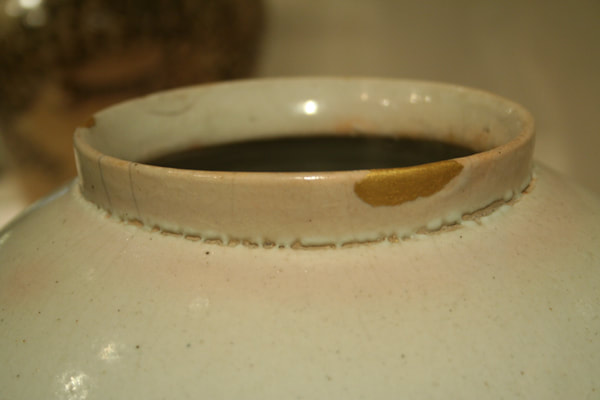
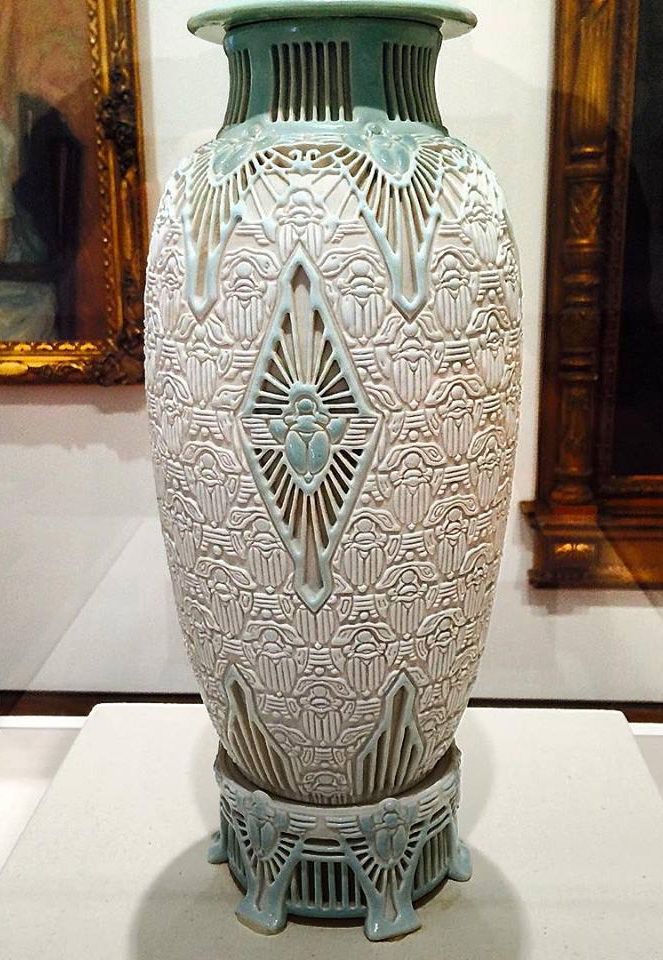
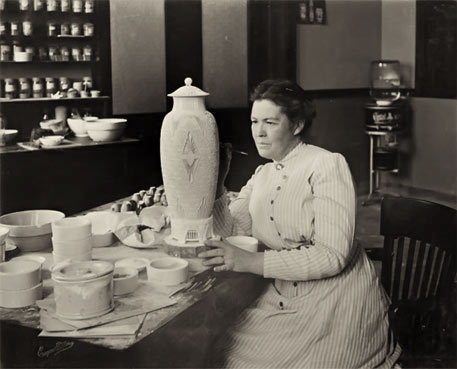
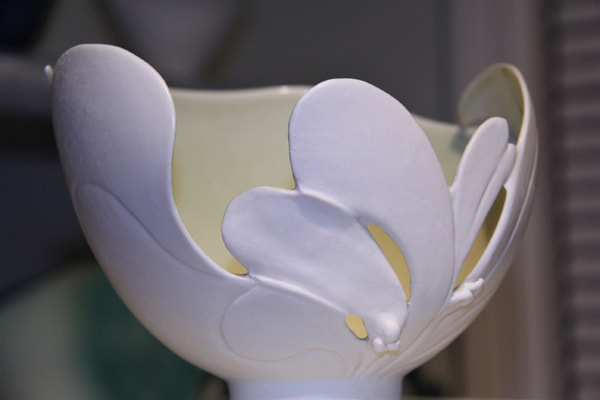
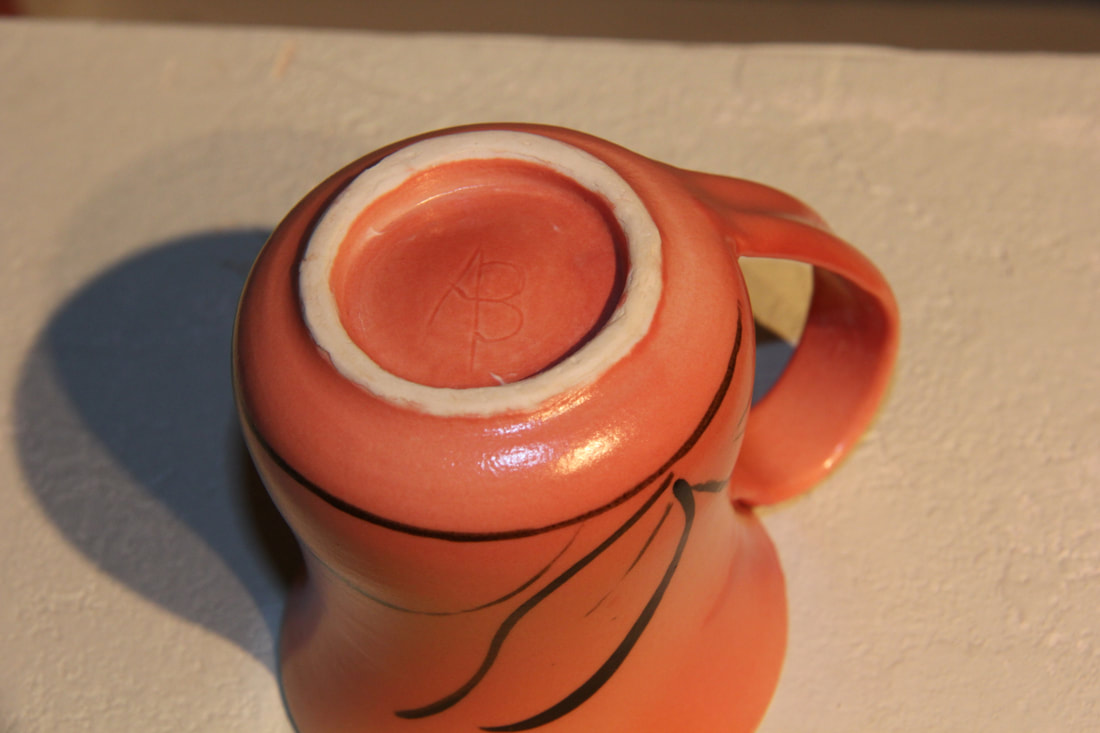
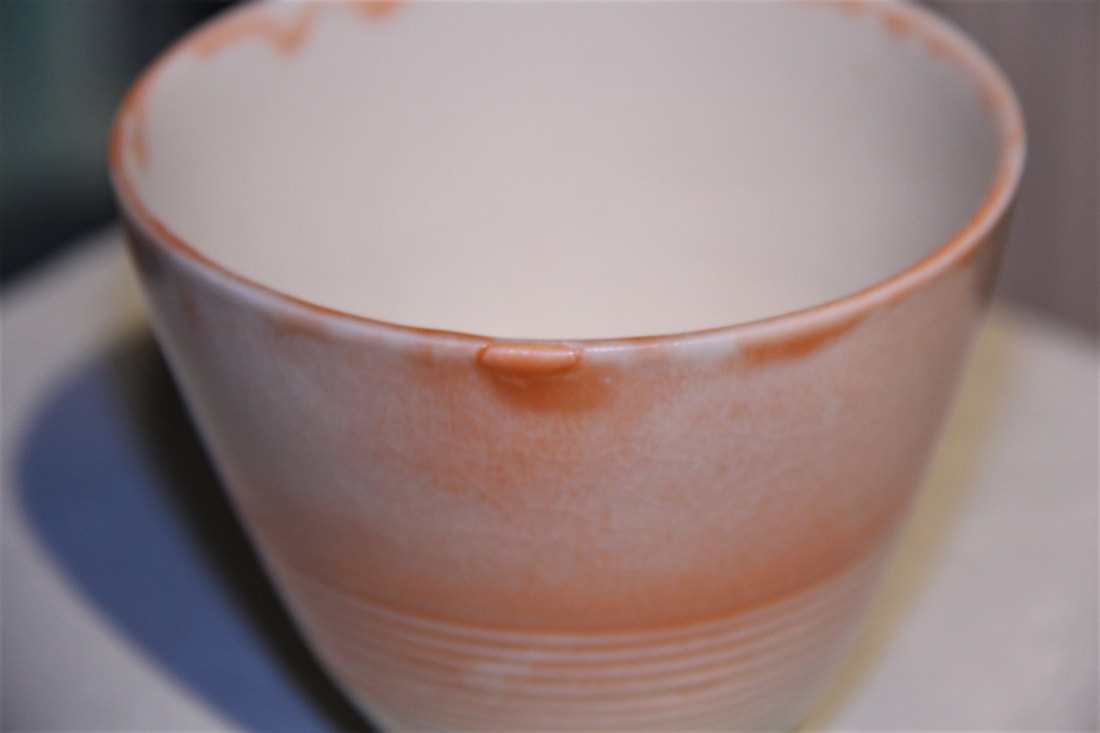
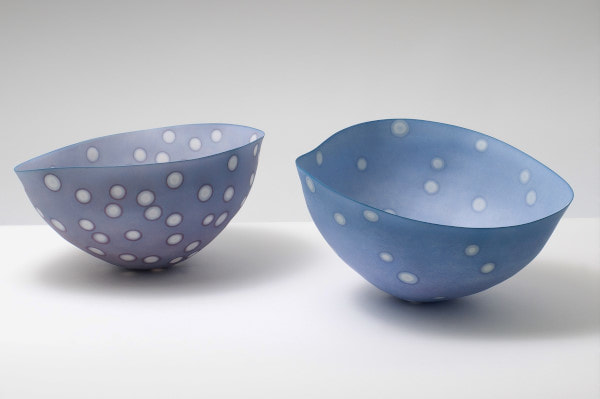
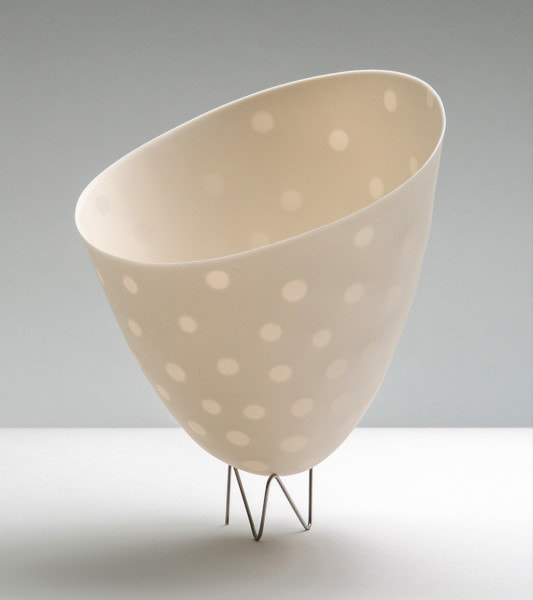
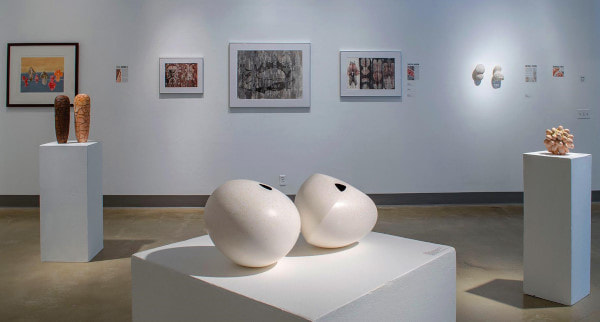
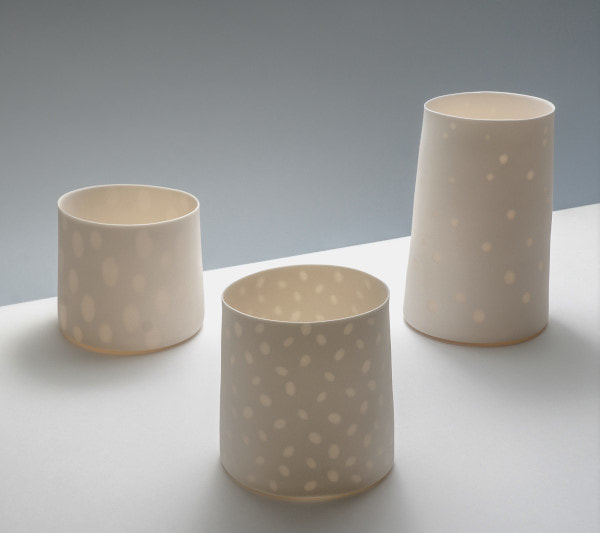
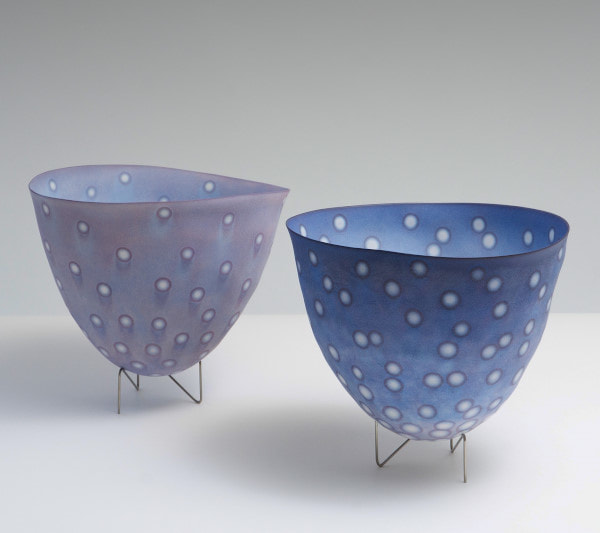
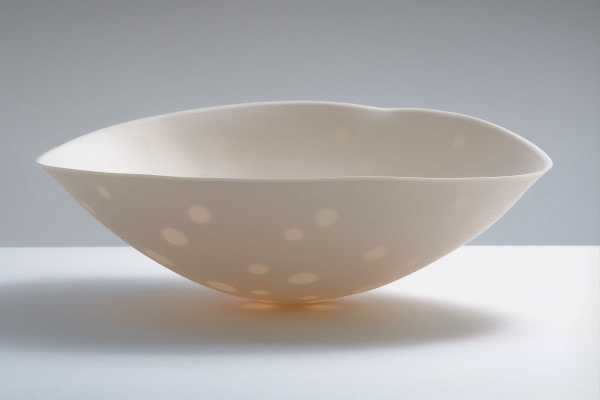
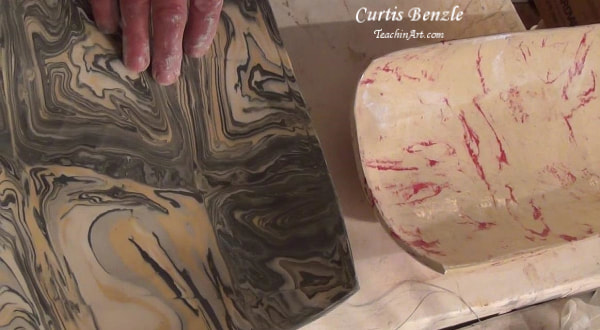
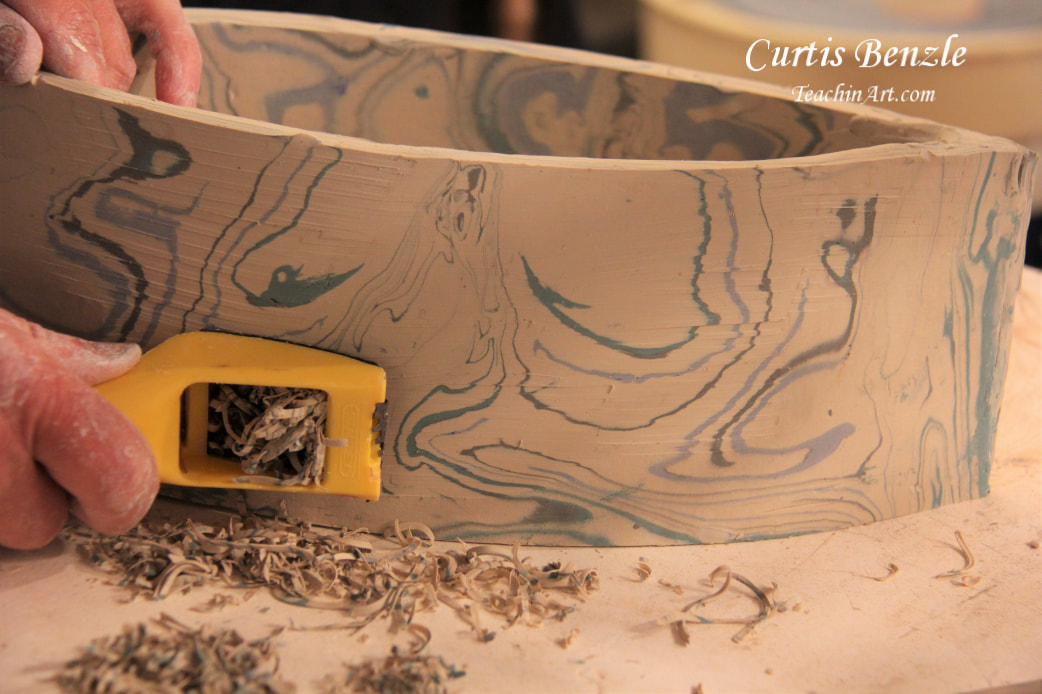
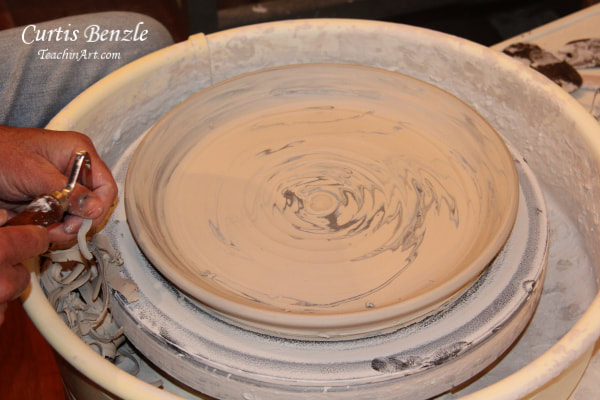
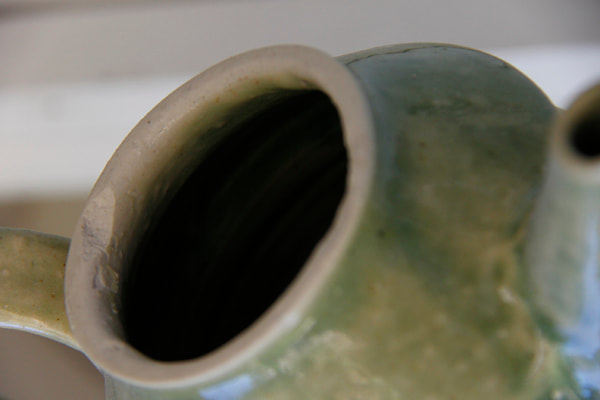
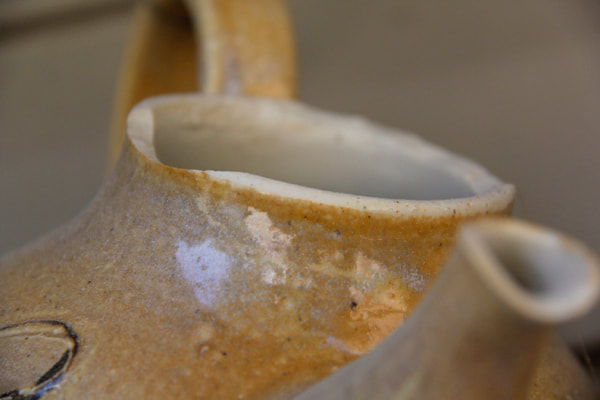
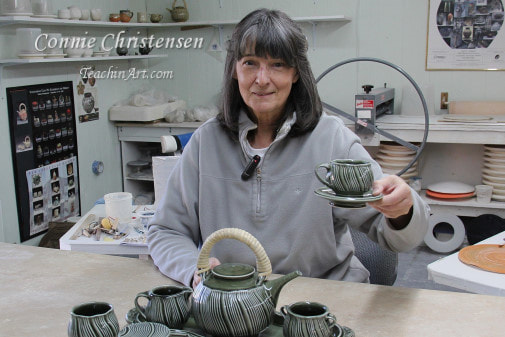
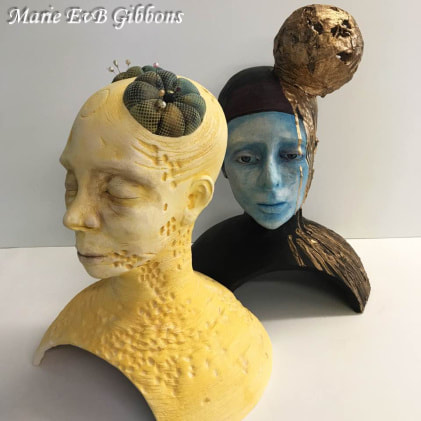
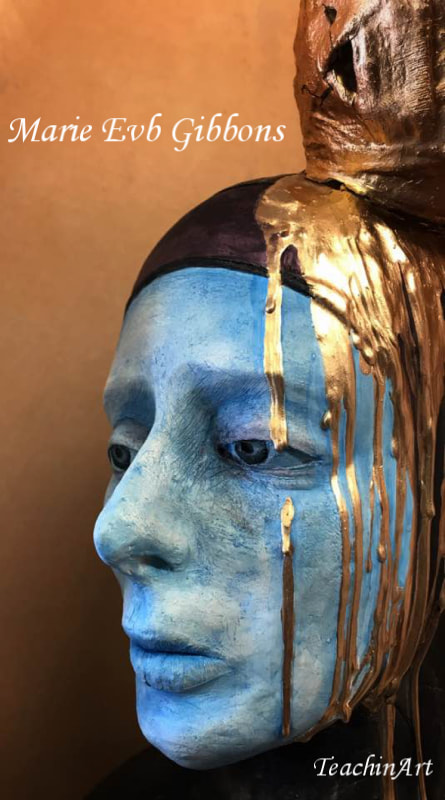
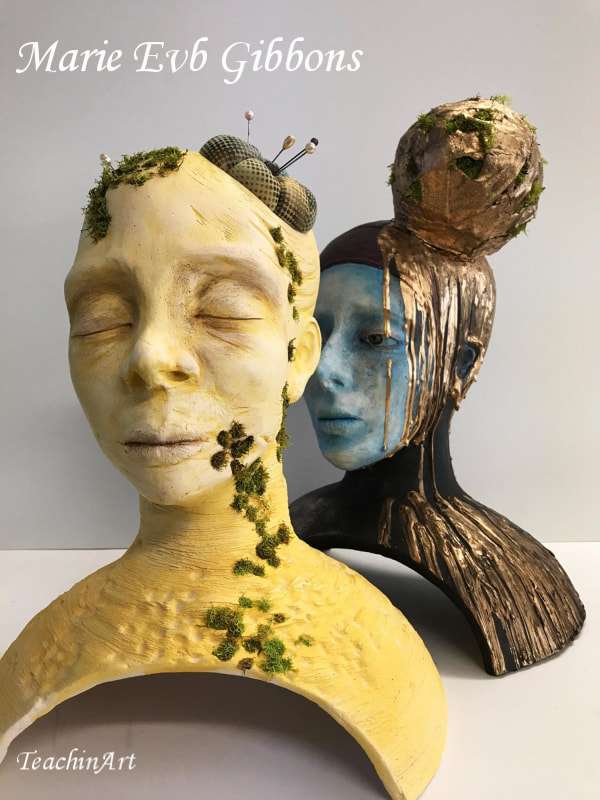
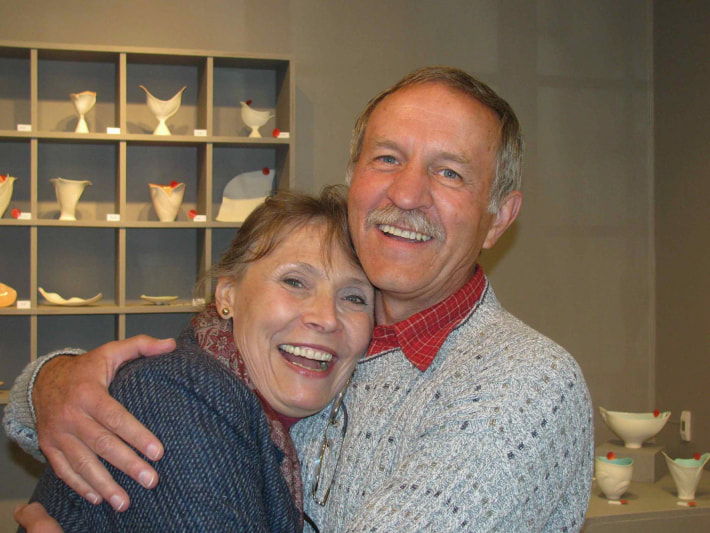
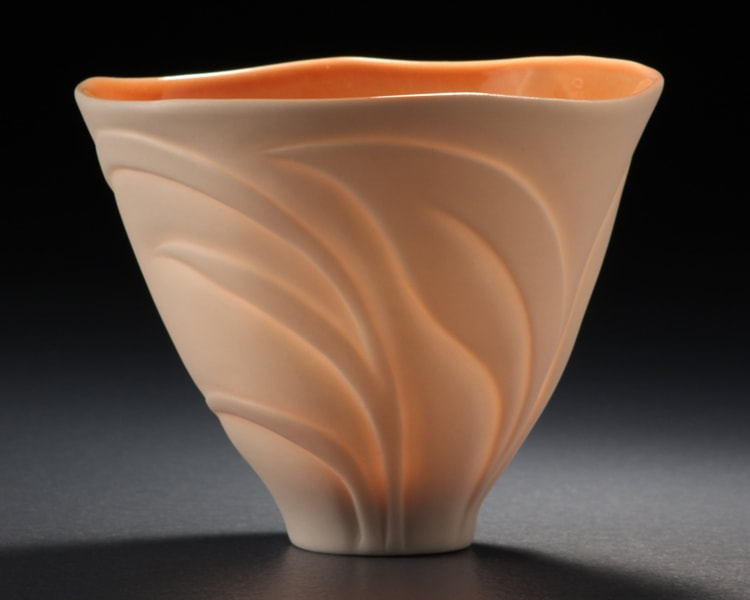
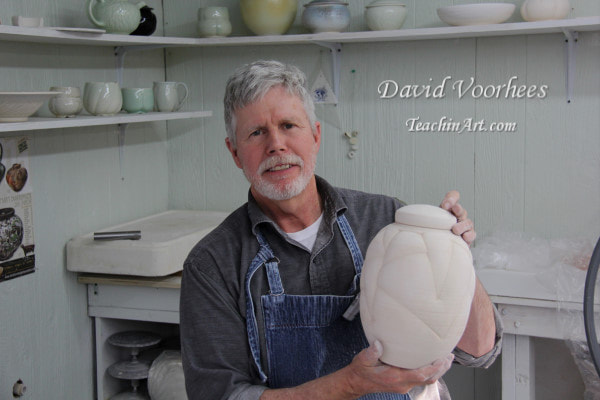
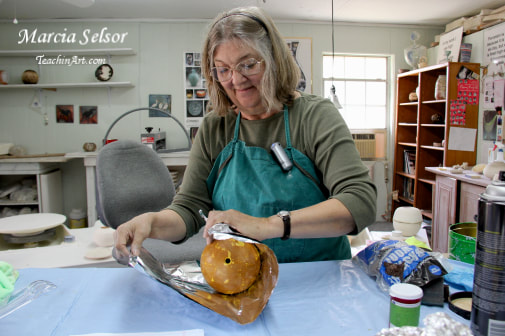
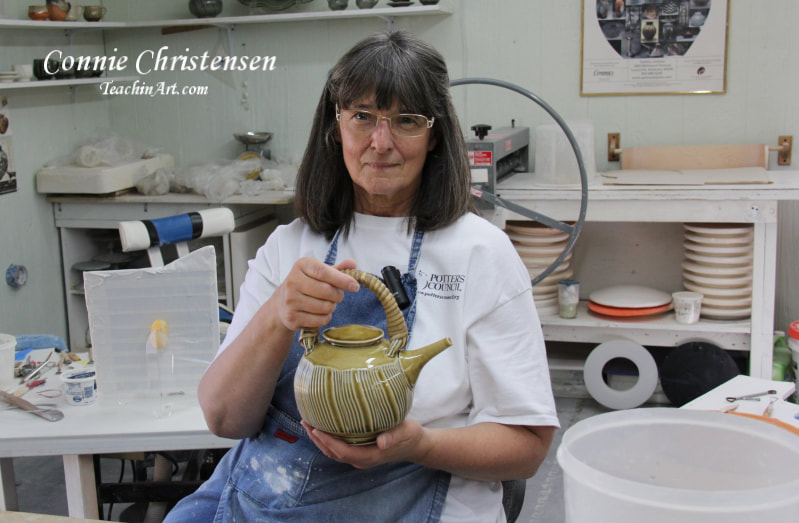
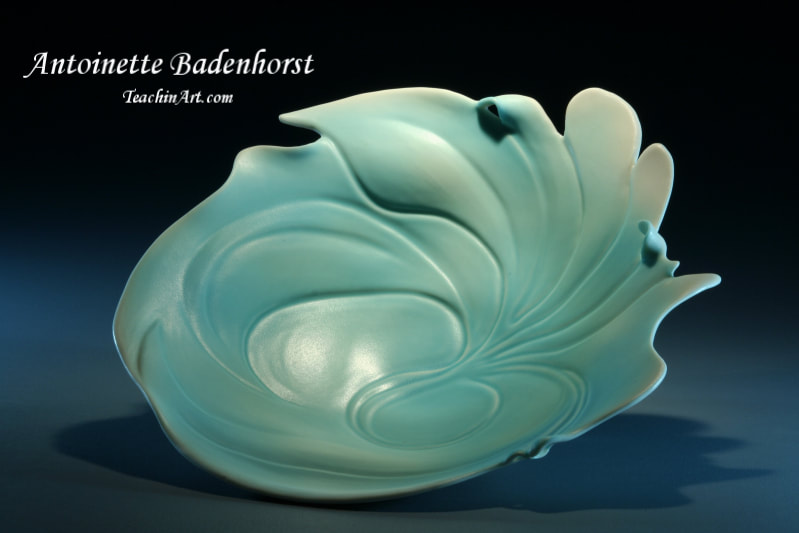
 RSS Feed
RSS Feed